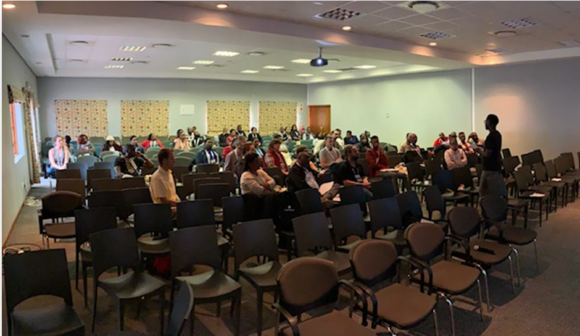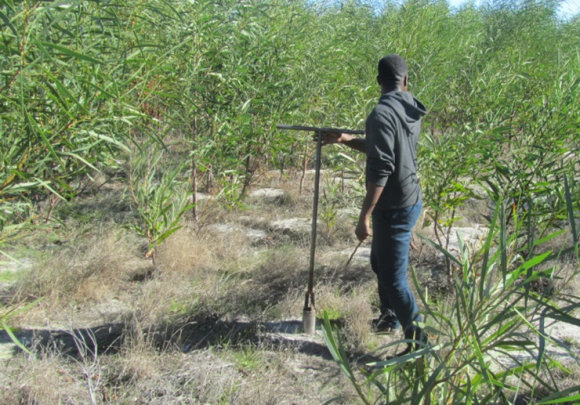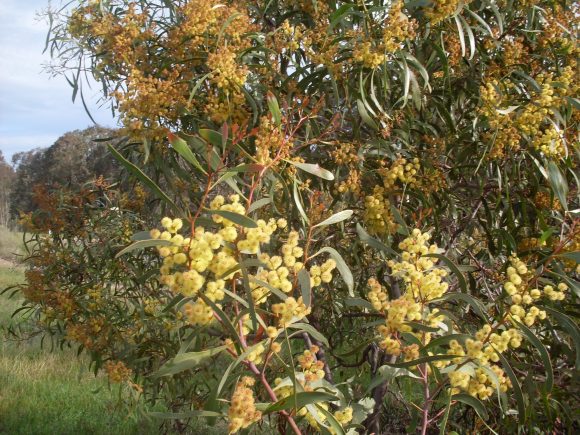28 June 2021 | By Mlungele Nsikani
Restoration efforts need to ensure that project components are informed by relevant stakeholders, and this would require (1) identifying and working with stakeholders during an ecological restoration effort; (2) recognising the unique needs and contributions of stakeholder groups; and (3) providing information back to stakeholders through outreach.
This was the finding of a recent opinion piece involving researchers from the University of Arizona and U.S. Geological Survey, and C∙I∙B Associate Dr Mlungele Nsikani based at the South African National Biodiversity Institute (SANBI).
Although research on and application of ecological restoration has become increasingly sophisticated over the last 10–15 years, the integration and value of social perspectives throughout the restoration process is still largely absent. The lack of consistent integration of social perspectives in restoration should be troubling as stakeholders – individuals or groups that are associated in some way to the degraded site – can hold enormous caches of knowledge that are distinct from, and more intimate than, information available to researchers and practitioners.
In the study, published in Restoration Ecology, the researchers describe ways to enhance stakeholder engagement in ecological restoration projects using simple methods. The study notes that the novel characteristics of each restoration project will result in a unique collection of stakeholders, local knowledge and resources, and engagement will often be context-specific. Therefore, the study purposely takes a general approach to make its recommendations applicable to a broader audience.
The study indicates that a lack of stakeholder involvement in restoration project development can limit outcomes. Therefore, stakeholder identification should be a key part of restoration and attempt to be as broad as possible. Researchers and practitioners should collaborate with those that have developed networks with key stakeholders. Furthermore, researchers and practitioners should provide information back to stakeholders on a spectrum of ongoing engagement.
“We need to change the dominant view of stakeholders being passengers in the restoration process,” says Mlungele. “We need to realise that stakeholders are co-pilots together with researchers and practitioners; therefore, restoration projects should ensure that mechanisms are put in place for knowledge sharing between all co-pilots.”
Read the full paper
For more information, contact Mlungele Nsikani at M.Nsikani@sanbi.org.za.




